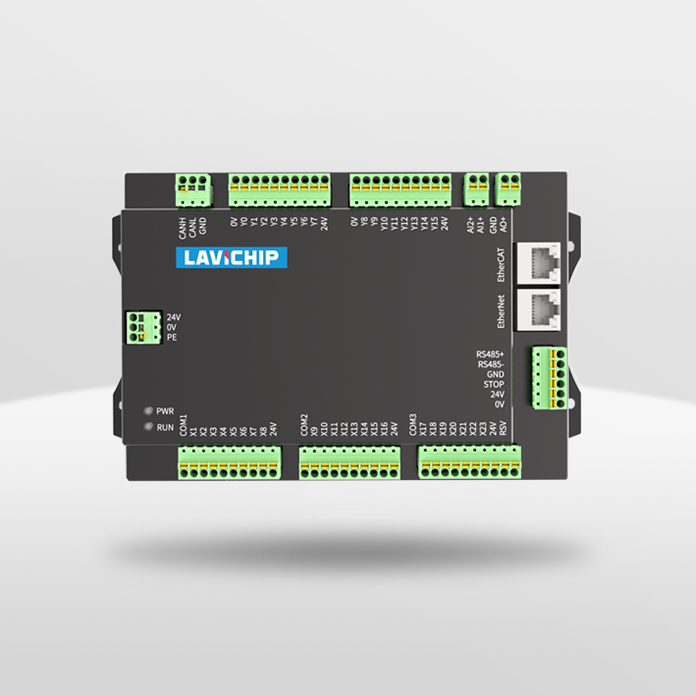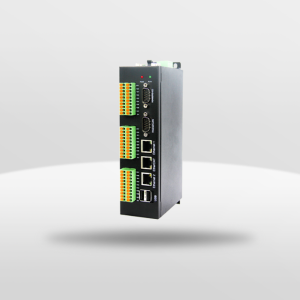
In today’s rapidly evolving technological landscape, programmable motion control has emerged as a crucial tool in various industries. This advanced technology allows for precise and efficient control of robotic systems, enabling them to perform complex tasks with utmost accuracy.
The Power of Programmable Motion Control
Programmable motion control empowers industrial robots to execute intricate movements and sequences, revolutionizing manufacturing processes across multiple sectors. By programming specific instructions into the system, operators can dictate the exact trajectory, speed, and force required for each task.
This level of precision ensures consistent quality output while minimizing errors or deviations from desired outcomes. With programmable motion control, manufacturers can achieve higher production rates without compromising on product integrity.
The Role of Industrial Robot Teaching Pendant
An integral component of programmable motion control is the industrial robot teaching pendant. This handheld device serves as an interface between operators and robotic systems, allowing for seamless communication and programming.
The teaching pendant provides a user-friendly platform where operators can input commands such as movement patterns or task-specific parameters. It also enables real-time monitoring of robot performance during operation.
With the industrial robot teaching pendant’s intuitive design and functionality, even non-experts can easily program complex motions without extensive training or technical expertise. This accessibility enhances operational efficiency by reducing reliance on specialized personnel.
Lavichip: Advancing Programmable Motion Control
A notable innovation in the field of programmable motion control is lavichip – a cutting-edge technology that further optimizes robotic operations. lavichip integrates artificial intelligence algorithms with traditional motion controllers to enhance decision-making capabilities within automated systems.
This intelligent chip analyzes real-time data from sensors embedded in robots to adapt their movements and responses accordingly. By continuously learning from its environment, Lavichip enables robots to optimize their performance, improving efficiency and productivity.
Furthermore, Lavichip’s advanced algorithms enable predictive maintenance by identifying potential issues before they escalate into costly breakdowns. This proactive approach minimizes downtime and ensures uninterrupted operations.
Conclusion

In conclusion, programmable motion control has revolutionized industries by enabling precise and efficient control of robotic systems. The industrial robot teaching pendant serves as a vital tool for seamless communication between operators and robots, facilitating easy programming and monitoring. Additionally, innovations like Lavichip further enhance the capabilities of programmable motion control systems through intelligent decision-making and predictive maintenance features.
As technology continues to advance, programmable motion control will play an increasingly significant role in driving efficiency, accuracy, and productivity across various sectors.
